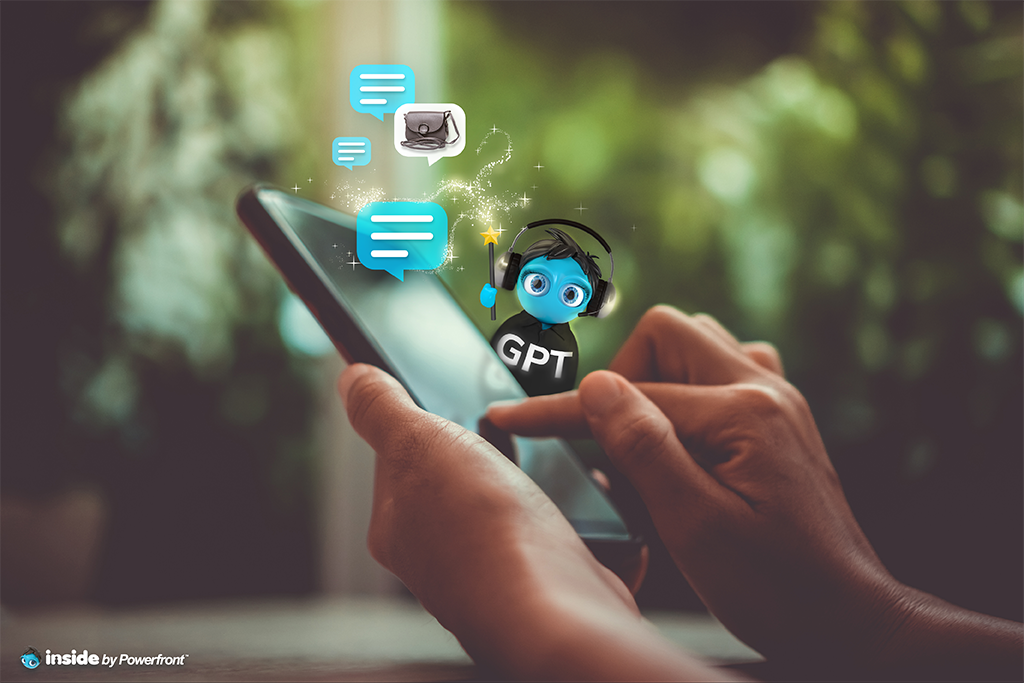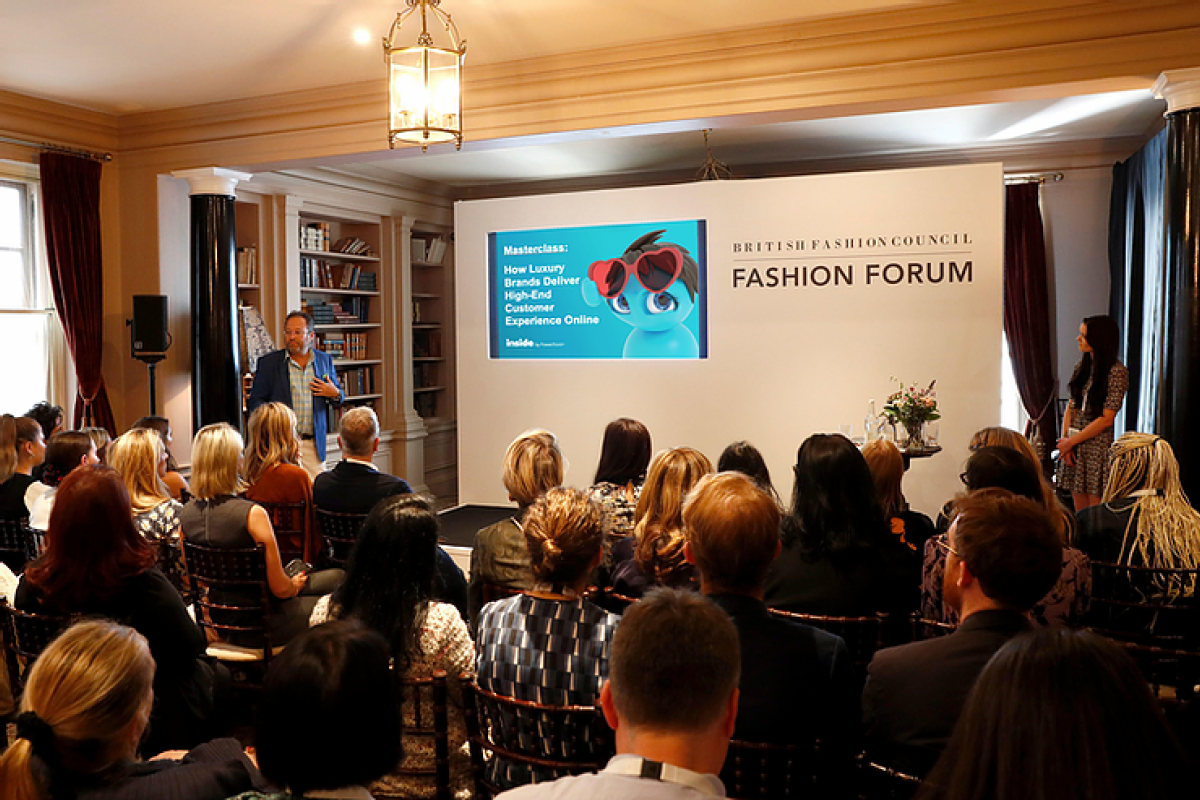
In your day-to-day life as a consumer, you’ve likely used asynchronous messaging, perhaps without even realizing it. If you’ve received a text message in the midst of a meeting or while in a movie theatre and responded hours later, this is a form of asynchronous messaging. The same is true of emails, Facebook messages, Slack, Twitter direct messages, etc. With most asynchronous communication, there’s no expectation of an immediate response, and the context remains available to both parties when the recipient is finally ready to respond.
What is asynchronous messaging?
Unlike a phone call, asynchronous messaging doesn’t require both parties to be present for the duration of the conversation. If one party is unavailable or unable to engage in the moment, then the conversation will remain active until the other party responds. In the context of customer service, this enables the end-user to multi-task and allows them to stay mobile. They’re no longer tied to their phone, required to wait on hold and give up all their attention so they don’t miss a response from a Customer Service Agent and lose their place in line.
To put this in perspective, let’s say you’re a busy parent getting ready for a family get-together. You’ve ordered some party supplies online and want to make sure it’s set to arrive on time. You can send an email or message to the business before you get in the car to drop the kids off at school, and find a response from the party supply store the next time you’re free to pick up their phone. If you’d been forced to call them, you may have been waiting on hold for several minutes, would have had to juggle holding your phone while you drove, your attention split between the canned hold music and your kids in the backseat. You’re basically chained to your device until you can get a response.
Asynchronous messaging means truly putting your customer at the heart of the conversation. You show you value their time by allowing them to engage when and where it’s convenient for them, rather than forcing them to wait until a Customer Service Agent gets to them.
Why do I need asynchronous messaging?
The bottom line is, asynchronous messaging saves your business time and money. It also means allowing your customer to engage effortlessly through their preferred platform.
It saves your Customer Service Agents time by ensuring they’re not trying to engage with someone who isn’t there. Agents are also able to handle many more messages concurrently, compared with a phone call, where they have to dedicate more time and attention to one demanding customer. With async messaging, they’re able to handle way more chats simultaneously.
Async messaging also ensures you never miss an opportunity. If a customer reaches out outside of business hours, they’re not gone forever. You still have the context and a chance to get back to them and lead them back to your site.
It also saves your customer’s time, especially if they’re seeking assistance with a complex issue that may require escalation and multiple agents to fix. They don’t have to be passed from person to person while they sit at their computer in wait, and they don’t need to repeat themselves, which minimizes frustration. If the customer unexpectedly loses connection or is interrupted by daily life – which we all know too well by now indeed happens – they don’t have to start over.
Less frustration ➡️ higher customer satisfaction ➡️ customer loyalty and increased revenue.
“I use Facebook Messenger everyday to talk to my friends, so it’s very easy and natural to also use it to talk to the businesses and services I use, too.”
-Customer surveyed after engaging with an international luxury fashion brand
Request a demo with Powerfront today to find out how INSIDE can help you manage asynchronous messaging with a unified approach to customer service and sales.


